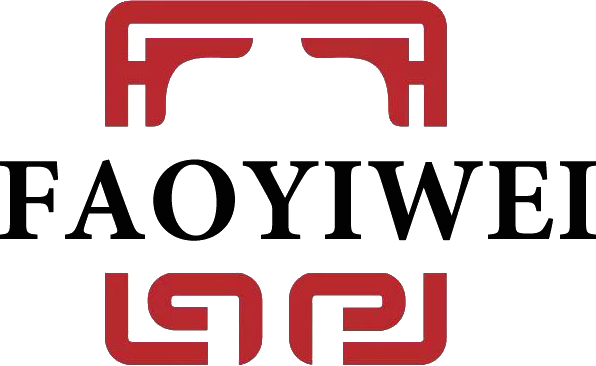
Collaborative Robots: Revolutionizing Modern Manufacturing
In recent years, under the dual drive of policy support and technological advancement, more manufacturing enterprises have moved beyond traditional industrial robots to deploy collaborative robots (cobots) capable of working closely with humans. These robots boast exceptional safety features, ease of use, and versatility, making them ideal for tasks such as palletizing, screw tightening, welding, machine tending, and quality inspection. The continuous innovation in their application methods and their expanding use cases have made cobots a cornerstone of modern manufacturing.
Enterprises are adopting collaborative robots to address the following four major needs and challenges:

1. Enhancing Automation Processes Beyond Industrial Robots
Collaborative robots complement traditional industrial robotic arms by performing delicate and precise tasks that standard robots struggle to execute. Due to their compact structure and minimal footprint, cobots can be introduced into factories without requiring significant alterations to the physical environment. For instance, Beijing Beiqi Lear Automotive Systems Co., Ltd. deployed several cobots on its production lines, enabling seamless automation in car seat assembly despite limited factory space.
Cobots excel in handling automation robots tasks and operate effectively as cobot collaborative robots in modern factories. Their versatility allows them to be used in dynamic and evolving production environments, enhancing overall automation processes.
2. Addressing Labor Shortages and Redefining Workforce Roles
By improving production efficiency and output, cobots help alleviate workforce shortages and reduce dependency on manual labor for repetitive tasks. Cobots allow employees to transition from monotonous, physically demanding roles to more skill-based jobs, fostering a safer and more ergonomic workplace.
For instance, portable welding robots are increasingly used in construction sites in Hong Kong to address labor shortages while accelerating project timelines. Similarly, cobots have proven to be excellent additions to handling robot workstations, where they work alongside humans to maximize efficiency.
3. Flexibility and Modularity for Agile Production Lines
Collaborative robots stand out with their modular design, portability, and ease of programming, making them the ideal solution for flexible production lines. They can be easily relocated based on task requirements and reprogrammed to take on new responsibilities.
Unlike traditional industrial robots, cobots are user-friendly and require minimal training for operators. In Xiamen Jianlin Industrial Co., Ltd., cobots have been extensively deployed for automated material loading, product assembly, pick-and-place, and vision-guided robotic tasks. These robots seamlessly adapt to new challenges, reflecting the evolving requirements of modern industries.
4. Maximizing ROI in Automation Investments
Cobots help enterprises achieve faster ROI by reducing downtime and enabling 24/7 uninterrupted production. With consistent output quality and the ability to enhance production capacity, cobots are a cost-effective solution for long-term automation strategies.
In palletizing tasks, for example, cobots provide advantages over traditional palletizing automation solutions by offering easier programming, lower maintenance costs, a smaller footprint, and greater deployment flexibility. This makes them a preferred choice for companies seeking handling automation robots for sale or tailored automation solutions.
Cobots, such as big weld robots, have also gained traction in steel welding processes, where precision and safety are critical. Their built-in safety features and collaborative design allow them to work effectively alongside humans while ensuring operational safety.
Future of Collaborative Robots in Manufacturing
Beyond these applications, cobots continue to evolve and collaborate with partners to develop diversified automation solutions. Their integration simplifies digital transformation and ensures smooth deployment in manufacturing environments. In the upcoming 2023 China International Industry Fair, collaborative robots are set to showcase innovative solutions, further cementing their role in driving high-quality development in manufacturing.
As top collaborative robot suppliers, cobots will continue to redefine manufacturing processes, offering adaptable and cost-efficient solutions that meet the unique challenges of modern industries. Whether in warehousing, welding, or material handling, these robots stand at the forefront of automation and industrial innovation.
